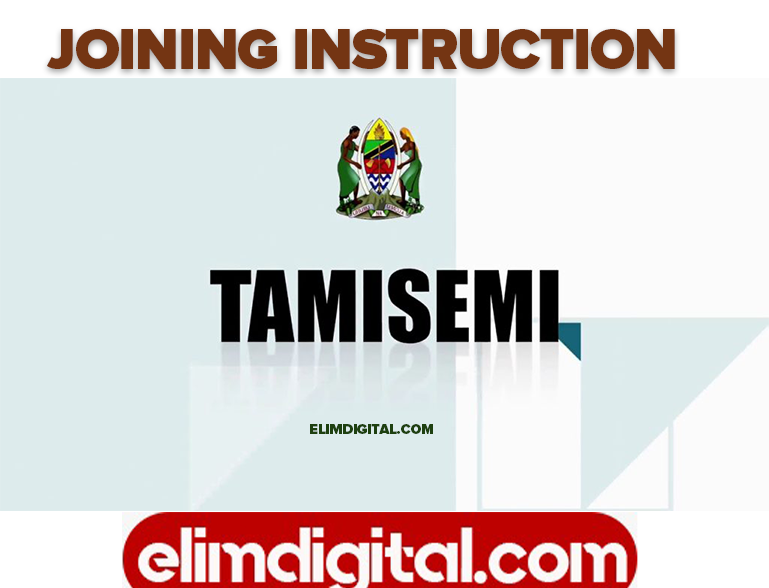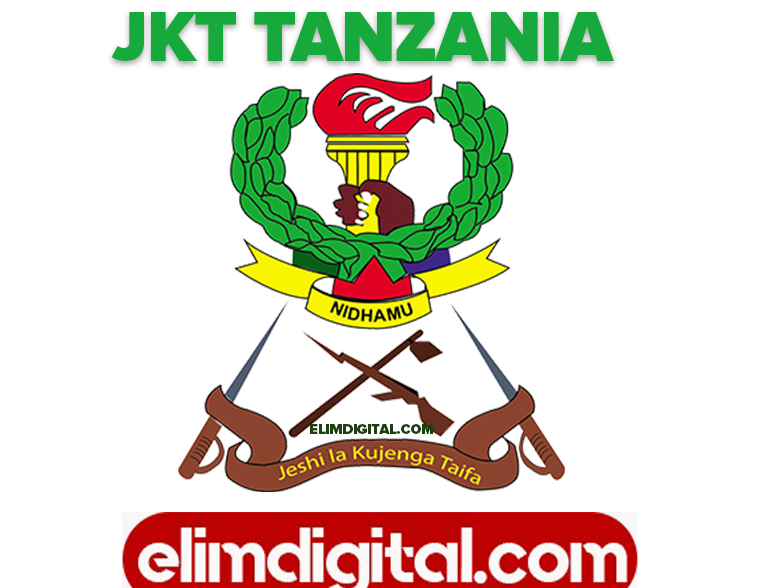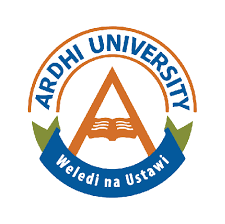Special Education Identification Processe
Therapy Services and Assistive Devices
11.1 Introduction
If a child is suspected as having a disability that may require special education and related services, the child must be found, identified, located and evaluated for special education and related services. Teachers and other professionals should decide that the child should be evaluated to see if she or he has disability.
However, the identification processes will differ depending on the category of disability, therefore identification process of each disability was well elaborated under the section which deal with each category .
This lecture intends to give you the general processes of identifying individuals who need special education. It also describes criteria and steps used in identification process. Lastly, the lecture answers the question on kinds of services provided after identification.
| OBJECTIVES OF THE LECTURE
At the end of this lecture, students should be able to:
|
11.2 Identification processes
Some of children with special needs are not easily recognized as requiring special education and related services until they are in schools. Hence School teachers in the early school years could be very important in recognizing the candidates for special education services.
In other cases, parents may feel that something is wrong with the children hence discuss it with the teacher. This discussion is important since it could lead to a formal evaluation which might confirm the child’s eligibility to special education services.
Even if parents are not aware of their children’s condition teachers may recognize the child who is experiencing difficulties and request for evaluation. However parents should be notified for their consent to allow the evaluation process.
Even though, children with special needs may require special and individualized services to meet their educational need; any decision of provision of such services should not be made before identification and assessment process.
This is because; identification and assessment of children with special needs will determine their eligibility for special education services and what the services will be. Eligibility for special education is required to meet the principles set by the recognized organs in the particular country or the law of such country in order for each eligible student to have appropriate services and education.
Sometimes a student could be eligible for special education and related services but do not need them while other are in need of such services but are not eligible according to the law or criteria used.
If the disability is diagnosed and special education confirmed, a student has the right to individualized programmes to improve his or her educational needs and related services such as psychological consultation and physical therapy.
Furthermore, screening tests are used to find children who might have special needs. The test intends to look for academic or learning problems, behavioural problems, sensory or physical problems of the child. The large scale screening procedures are important in that it helps children who are at risk of disability hence special needs education and related services.
11.2 Steps in identification
Identification process for children with disability should follow the following steps.
11.2.1 Referral
If the child is suspected as having a disability and need special education services, a written referral form for special education evaluation must be submitted and addressed to school authority. The referral to special education is done when the identified child continues to experience difficulty in the general education classroom. This may be initiated by different personnel including:
- School personnel (general education teachers, special education teachers, counselors, administrators etc.
- Parents/ guardians)
- Other person involved in education or care of the child.
The official referral begins at the formal process of determining eligibility for special education services. Once a referral is provided, the school must obtain consent from parents or legal guardians to begin the evaluation process.
11.2.2 Evaluation and Eligibility
Evaluation process must assess the child in all areas related to his or her suspected disability(gross motor, fine motor, cognitive, communication etc).the results are used to determine if the child is eligible for special educations are services and to make decisions about appropriate educational programmes for the child.
After evaluation process, a group of professional and parents should review the child’s evaluation results. Together they should decide if the child can be regarded as the child with disability .If the child is found to be with disability, he or she is eligible for special education and related services. The eligibility for special education services requires two findings:
- The student must meet the criteria for at least one of the thirteen disabilities recognized individual with disabilities education act (IDEA).
- Special education and/ or related services must be required for the student to receive an appropriate education.
- 11.2.3 Service provision
Parents and caregivers of children with disabilities particularly mothers need to have enough economic security, access to resources and to basic services including health, nutrition and education and protection from violence in order to be able to act on behalf of themselves and their children. They also need access to social services such as child protection systems, support and assistance services and social welfare services and benefits. They include:
11.2.3.1 Health care services
The main concern for children with disabilities is to ensure that they remain as health as possible so they can grow, flourish and grow. While children with disabilities have specialized health care needs related to their disability, they are also at risk of the same childhood illnesses which they require access to mainstream healthcare services.
11.3 Targeted Services Provision
Early childhood intervention programme should be included in other services such as health, education and social system actions for all children. The provision of intervention programmes as early as possible can result in positive outcomes for children with disabilities and their families.
There is a growing fact that children who receive early childhood intervention and other services show gains in a wide range of skills, greatly enhancing their abilities to flourish when they begin formal education and thus justifying the great cost that such targeted entail.
In addition it enhances children’s developmental competencies and minimizes secondary complications. Early Childhood Intervention programme can help to build effective support networks for parents, promoting confidence and competence. Early Childhood Education programme coordinate services across different sectors, such as health, education,
and social protection are sustainable over, and support children and families as they move from early childhood into successful primary school experiences are particularly desirable.
11.3.1 Therapy Services and Assistive Devices
Therapy services and assistive devices aims at optimize a child’s development and ability to participate in family and community life by providing structured opportunities to practice skills appropriate to the child’s current developmental level.
Service provision should include a combination of centre and home based interventions with the active involvement of parents and/ or other family members.CBR programmes can assist in establishing include therapeutic activities based around play and other activities, functional training to work on skills required for independence in everyday activities; education for parents to help them better understanding their child’s
disability and their roles; prescription and provision of assistive devices including user training; and modifications to the home and school environments. Interventions that allow the acquisition of even basic skills, such as helping a child with disability learn to feed or dress himself or herself, can lead to a growing sense of independence and competency and reduce the burden on other family members.
11.3.2 Family Services
Families are very important in development and protection of their children which is important for both children and with or without special needs. Inclusion begins in the home environment during the early years and later broadens to school and community settings.
Family services should aim to provide families with knowledge, skills and support to meet and advocate for the needs and right of their child in all settings. Service providers must work closely with families to design and implement interventions in all setting settings.
Following early identification and assessment, parents/caregivers of children with special needs will require information about their child’s disability and development progress, steps to be followed, and the resources available for support and treatment. Information should be provided in a way that educates parents and other family members and that promotes constructive dialogue within the family and community.
Assistive devices that children with special needs might require include mobility devices (crutches, wheelchairs etc), visual devices (white canes, eyeglasses, Braille systems and talking books), hearing devices( hearing aids); cognitive devices (diaries, calendars and schedules); and daily living devices.
| SUMMARY
The lecture discussed that it is not easy to recognize some children with special needs untill they are in schools.Parents who feel that something is wrong with their children must discuss with teachers for the formal evaluation to confirm the the childs eligibility to special education services. Eligibility must meet the principles set by known organs in order for the student to receive appropriate services. The lecture also noted that identification process for children with disability has to follow steps such as Referral, evaluation and eligibility and service provision. The service provided after eligibility including therapy services and assistive devices and family services. Therapy services and assistive service aimed at assisting child’s development and capacity to contribute in family and community life. Family services should give families with information, ability and support to meet and advocate for the needs and right of their child in all settings. The provision of service includes a combination of centre and home based interventions with the active involvement of parents and/ or other family members. |




















Leave a Reply